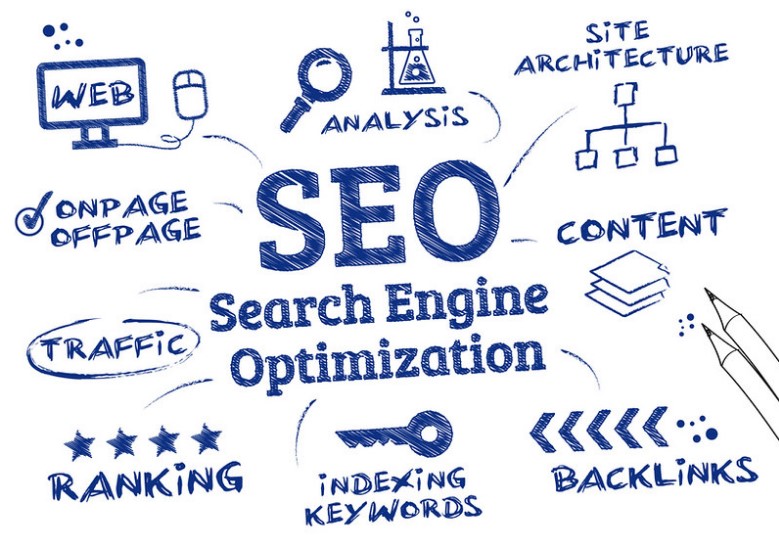Google algorithms use factors such as the most relevant images, descriptive text, and quality (low pages per visit) to gauge your site’s detailed user experience. Google encourages you to improve your user experience beyond the SEO basics. Generating and distributing content well is essential if you want to rank high for your keywords.

It is advised against using overly technical keywords in your content. If you’re targeting the technical term without building up and delivering the SEO benefits with your content, then you will frustrate your search engine ranking. Think about the user journey from the moment your visitor arrives on your site till they leave. To create a positive user experience, ensure that you: Good UX not only maintains Google’s top result but helps it to stay there. User experience and site layout positively affect the user experience across all search engines. Many businesses fall into a common mistake when developing their SEO strategy.
It’s a forever job right there. There’s very little wrong with positioning. Having chosen a problematic problem to solve, knowing how your business or service can help solve that problem is essential, because there’s nothing better than talking about your stuff, plainly and simply. A poorly worded, passive or shoddy position can be detrimental because it stops users from needing to expand beyond your own vision, knowledge, experience and inspiration. You can prove yourself capable of much more than drawing attention to your post or chapter.
Table of Contents:
Establish a Trust Gap
What’s the one thing about which I can’t be trusted? It’s not your experience. It’s your experience that isn’t trustworthy. Truth be told, in the world of business, trust is about demonstrating to future customers and investors that you are in fact, capable of solving their problem with the solutions you offer. They however have to trust in you first, find that they trust in you second and expect your solutions will solve their problems for them.
And the best way you can show prospective customers and investors that you are capable of doing this is to make them a promise, a promise that you will solve their problem if they contribute to your solution.
Build a Relationship with Problem
What’s a simple, easy and cost effective solution that can solve my problem? Just buy me a drink. Often times, in marketing each individual customer has a unique set of challenges and vulnerabilities that vie for their attention and determine when, how, and why they give goods and services to another.
When you can demonstrate that you are uniquely framed, equipped, leveraged and shrewd in your approach to meet the needs of each unique customer and ensure they remain a valued customer, they will no doubt likely want to remain a valued customer over the long term. There’s nothing wrong with being slow when building a relationship with a target audience, especially if it isn’t the type of relationship a brand seeks out. There’s another label in marketing that I like to refer to for creating a relationship with your target audience: deliberate practice. In short, deliberate practice means that you are deepening the relationship with each contact you make in your relationship with a prospective customer, one-on-one.

